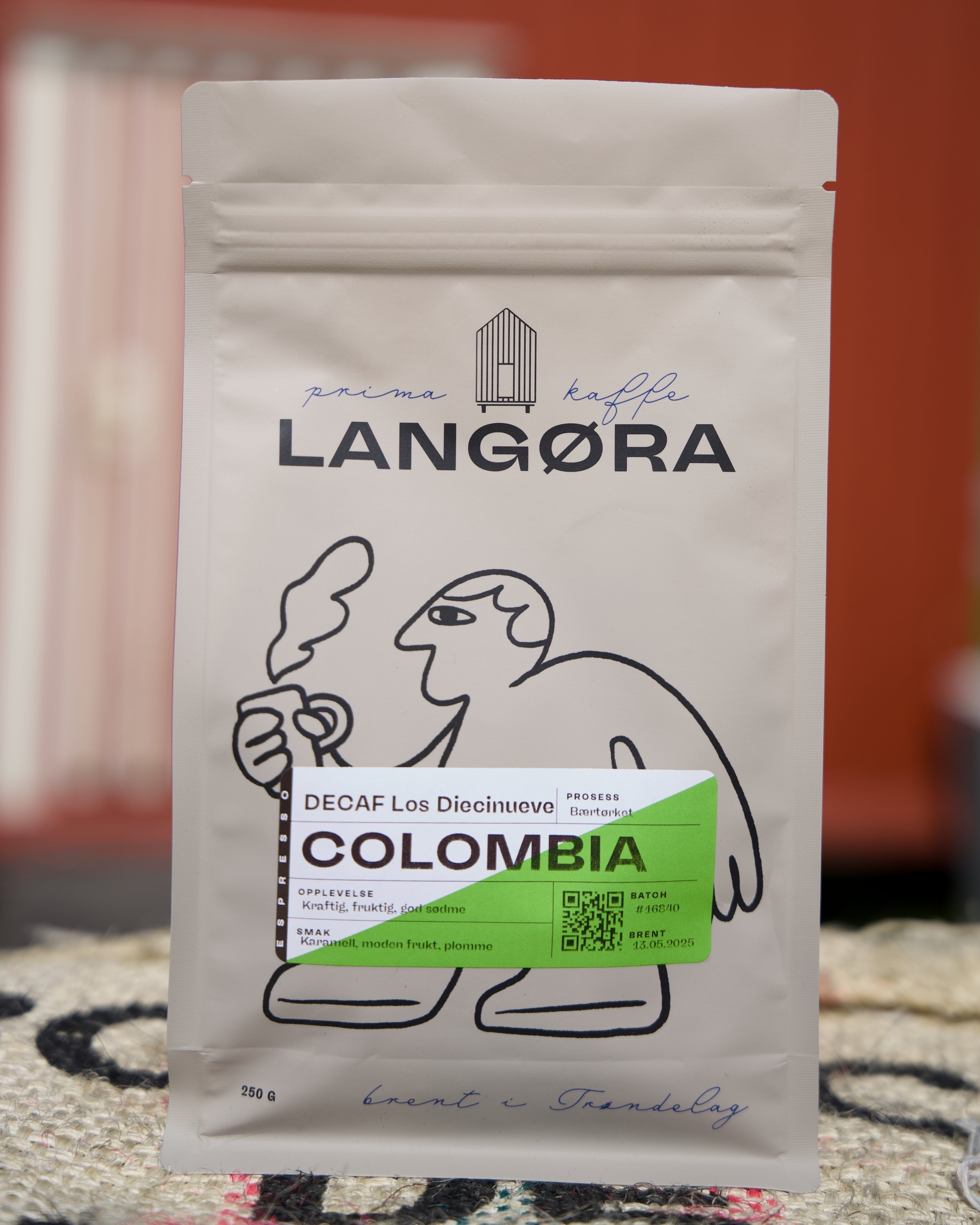Luke 24
Monteblanco Geisha FW
COUNTRY: Colombia
FARM/COOP/STATION: Finca Monteblanco
VARIETAL: Geisha
PROCESSING: Fully washed
ALTITUDE: 1,730 meters above sea level
OWNER: Rodrigo Sanchez Valencia
SUB REGION: Acevedo
REGION: Huila
FARM SIZE: 14 hectares
HARVEST MONTHS: Year-round, depending on the region
FLAVOUR NOTES: Lemongrass, lime leaves, orange blossom, jasmine, white peach, coriander seed, grape juice
ABOUT THE COFFEE
This fully washed lot from Finca Monteblanco encloses the refined qualities of Geisha variety, featuring delicate floral hints of orange blossom and jasmine.
Rodrigo Sanchez Valencia is a third-generation coffee farmer at Finca Monteblanco. His grandfather began cultivating coffee here several decades ago and today, Rodrigo works to preserve the natural diversity and productivity of the farm.
PROCESS and HARVEST
Rodrigo chose Geisha for this lot due to its outstanding cup quality, which is meticulously preserved throughout the entire process, from harvest to final production.
Cherry is selectively handpicked and processed on the farm. Once picked, cherry is floated and visually sorted to remove any underripes or damaged cherry. Only the best cherry is pulped and fermented. Following fermentation, parchment is washed in clean water and laid on parabolic beds to dry. Parchment is raked frequently to ensure even drying. It takes about 20 to 25 days for parchment to dry.
.
CULTIVATION
Finca Monteblanco is located near Cueva de los Guacharos, one of the 59 protected parks in Colombia. The Suaza river also runs nearby and provides fresh water for cultivation and processing.
Rodrigo cultivates Caturra, Geisha, Pink Bourbon and Pacamara varieties on Finca Monteblanco. The high altitude and superb microclimate of Acevedo, Huila creates the ideal conditions for cultivating specialty coffees.
COFFEE IN COLOMBIA
Although coffee production in Colombia did not become a large commercial industry until the 19th century, it is likely that coffee was introduced to Colombia about a century earlier by Jesuit priests.
Once commercial production started, it spread quickly. The first commercial coffee plantations were established in the northeast, near the border with Venezuela. Today, coffee is widespread and grown commercially in 20 of Colombia’s 32 Departments.
Historically, Colombia’s most renowned coffee-growing region has been the Eje Cafetero (Coffee Axis), also known as the ‘Coffee Triangle’. This region includes the departments of Caldas, Quindío and Risaralda. With a combined total area of 13,873 km² (5356 mi²), the region covers about 1.2% of the Colombian territory and composes 15% of the total land planted under coffee in the country. The region has also been declared a UNESCO World Heritage site.
While the Eje Cafetero is still a coffee-producing powerhouse, coffee production in Colombia now extends far beyond this zone. In recent years, the departments of Huila, Tolima, Cauca and Nariño have become sought after and well-known coffee-growing regions. Today, they are the largest producers of coffee in Colombia by volume.
Today, there are an estimated 540,000 coffee producers in the country; around 95% of these are smallholder farmers with landholdings that are under 5 hectares. These farmers collectively contribute around 16% of the country’s annual agricultural GDP.













